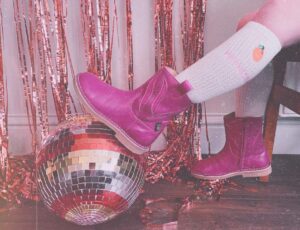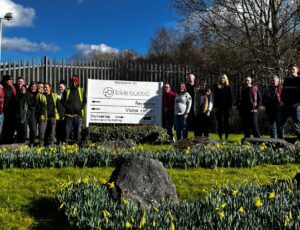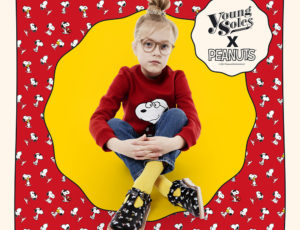
CWB gets the latest on Young Soles as the brand marks 10 years of creating luxury children’s footwear.
Laura Turner: Congratulations on the 10th anniversary! How did it all begin?
Louise Shill: Thank you, it’s been an amazing 10 years. It’s certainly been an eventful journey, with lots of highs and lows and a big learning curve on a full spectrum of roles I never knew existed. As a family-run business, it really has been a labour of love. Our kids have grown up with the brand appearing in our photoshoots, and as they’ve moved through different stages of their lives, so has our business. I’m very proud of what we’ve achieved.
My background has always been in footwear design and development – I’ve been lucky enough to have had a career spanning over 25 years doing something I love. My original motivation was to create a footwear brand that I wanted my kids to wear. I wanted good quality footwear using natural leathers with simple silhouettes and styling built for growing feet.
Our brand ethos of evoking childhood memories sits at the heart of everything we do. We want our customers to think, “I had a pair just like them when I was growing up,” when they see our footwear, photography and branding. Whilst many of our designs are traditional styles from my childhood, I like to mix these up with contemporary styling usually found in adult styles and constructions and add that little sprinkle of Young Soles magic.
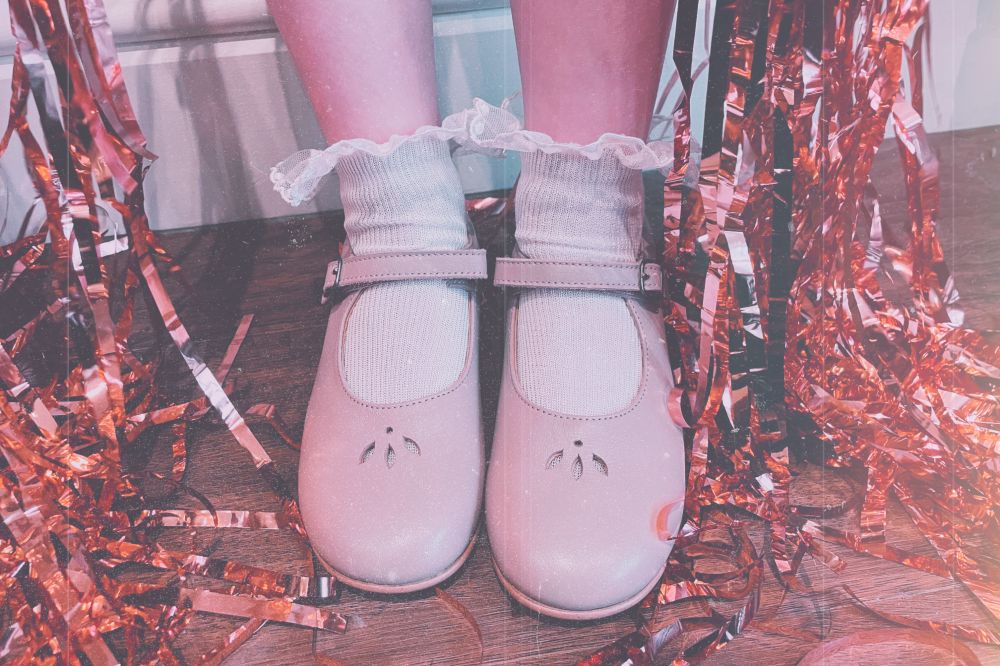
LT: What are your ‘must-haves’ when designing kids’ shoes?
LS: The most obvious is footwear that is designed and built especially for children’s growing feet, with lasts that follow the shape of the foot with a wide toe and narrow heel. Young Soles has always used soft and supple leather for its uppers and breathable recyclable hypoallergenic linings, allowing the upper to mould to the contours of the foot. Our wide range of lightweight and flexible outsoles are chosen for great foot health, from first steps to growing feet. Another challenge is designing shoes for kids that are accessible and durable without compromising style. For instance, all our high-top boots have zip access as well as laces, and we make some of our T-Bars and Mary Janes with a cleverly disguised Velcro fastening behind an antique finish buckle. Whilst all our footwear is made using leather certified by the Leather Working Group, they also need to withstand being worn by an active child. It’s important to us that our customers grow out of their shoes and not have to replace them.
LT: What does the collection currently offer?
LS: Most of the six styles we launched with 10 years ago are still a part of the 30-plus styles we include in each collection, with our Rosie T-Bar shoes and Sidney brogue boots still being two of our bestsellers. Along with our classic styles we obviously have seasonal styles, as well as vegan options for our bestsellers, and a Back to School collection. We have a practical selection of sole types that suit all stages of foot growth, from the original lightweight EVA sole that brought us to everyone’s attention, a natural rubber sole, a small heeled neo lite sole, and our custom-designed, zero-drop barefoot sole. On these soles we have traditional brogues, Mary Janes, T-Bars, Chelsea, ankle and hiking boots, and new for this season, our first Cowboy boot.
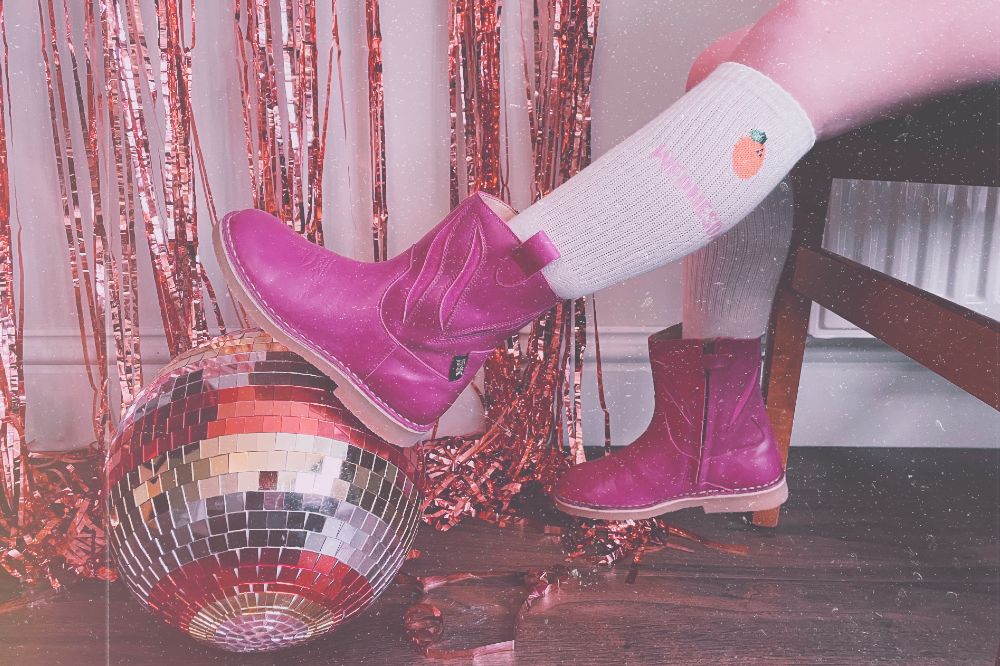
LT: What does sustainability mean to you as a brand?
LS: It’s funny, I’ve always made our shoes from locally sourced leather that is a by-product of food production, and use many of the same leathers across the collection to avoid excess ordering and waste. Our soles are from locally sourced manufacturers using recycled materials where possible, and our shoe boxes have always been made from recycled cardboard. I have always tested our products to ensure they are better than REACH standards to ensure they don’t contain any hidden chemicals, and that the factories I work with have the highest business practices and production procedures. I just haven’t shouted about it.
Most people have the wrong idea of what sustainable means. It has become a buzzword for environmental issues and labour practices, especially in the fashion industry. A sustainable business is one that operates in a sustainable way – what is it doing to ensure that it has a positive impact guaranteeing its long-term existence and not just a short-term profit? Obviously, this does cover environmental issues and labour practices, but also so much more. As a small business, I do what I can to ensure my business is sustainable and has a positive impact on its environment (people, partners, and the world), from internal working practices to sourcing sustainable and ethical materials.
LT: Has the kids’ footwear industry changed in the last 10 years?
LS: In some ways it has completely changed but in others, it hasn’t changed enough. There are more children’s footwear brands now and more children’s clothing brands doing footwear. The UK is still very conservative with its footwear choices, that has not changed. I certainly see more of an appetite for something different in the US and mainland Europe.
One of the biggest changes has been the selling landscape. Where once it was dominated by wholesale, I’ve seen the rise of smaller brands selling D2C and also the rise of the marketplace in the UK. I first experienced this in the US, but it’s now becoming very common in the UK, where retailers list products on their website and the brand stores the product and fulfils customer orders. The role and influence of digital advertising and social media has also increased but is now decreasing. I see customers themselves taking a much bigger role in the future of promoting and selling brands.
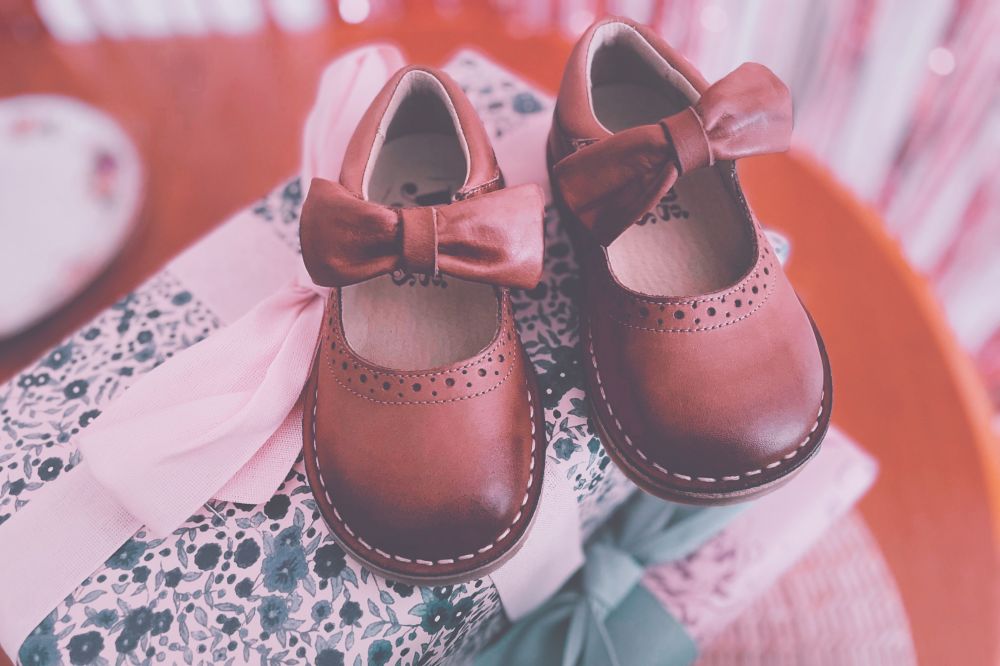
LT: What are your plans for the business?
LS: My short-term aim is the same as it has always been – to make the coolest and most beautiful kids’ footwear around. Long term, I have some exciting plans regarding the materials we use to make our footwear, how we sell and promote our products, and how we can help reduce the 76 million pairs of kids’ shoes going to landfill each year in the UK. I hope that we can make a bit of a difference and shake up and move the kids’ footwear industry along…much like we did 10 years ago.
For further information on Young Soles, please click here.







